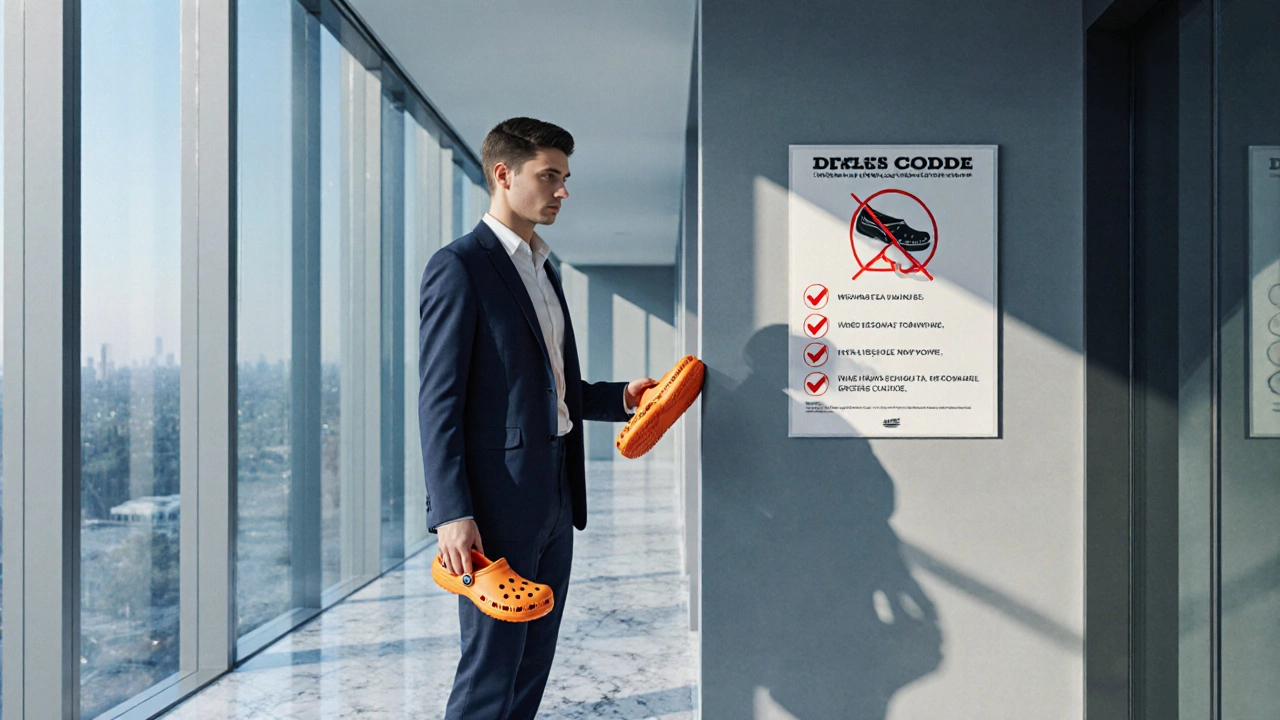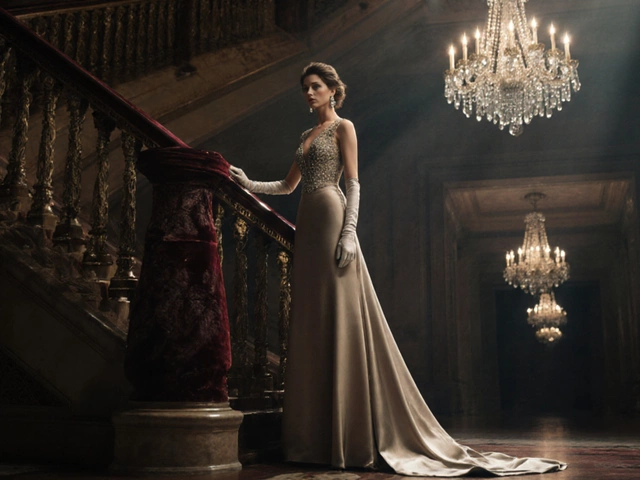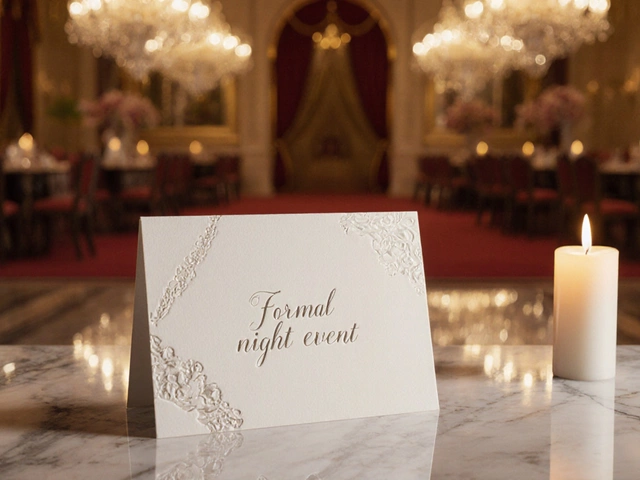Office Dress Code: Easy Ways to Dress Right at Work
Ever stare at your closet and wonder if your outfit fits the office vibe? You’re not alone. The right dress code can boost confidence, keep you comfortable, and help you look professional without spending hours on fashion research. Here’s a no‑nonsense guide that shows you exactly what to wear for common office settings.
Types of Office Dress Codes
Most workplaces fall into three basic categories: formal, business casual, and smart‑casual. Formal means suits, dress shirts, ties for men, and skirts or dresses with blazers for women. Think law firms or high‑end finance. Business casual relaxes the suit rule – chinos, polo shirts, low‑heeled shoes, or simple dresses work fine. Many offices use this style because it feels professional yet comfortable. Smart‑casual lets you swap a blazer for a neat sweater, wear dark jeans, or add a stylish shirt without a tie. Tech startups and creative studios often opt for this look.
Knowing which category your office belongs to saves you from over‑ or under‑dressing. If you’re unsure, ask a colleague or check the employee handbook. Most places will give you a clue in the interview or orientation.
How to Build a Wardrobe That Works
Start with core pieces that fit all three categories. For men, a well‑fitted navy blazer, a few solid‑color button‑downs, and dark chinos cover most bases. Women can choose a versatile blazer, a pair of tailored trousers, and a few simple dresses or skirts. Stick to neutral colors – black, navy, gray, beige – because they mix easily.
Fit matters more than brand. A blazer that’s too loose looks sloppy, while one that’s too tight restricts movement. Try the “pocket test”: you should be able to slide your hand into the chest pocket comfortably. When you sit, the shirt cuffs should stay visible, and the trousers should have a slight break at the shoe.
Shoes are often the first thing people notice. Polished leather shoes, loafers, or clean low‑heeled pumps match most office looks. Avoid overly worn sneakers unless your office specifically allows them. If you wear boots, pick a sleek, ankle‑height style in black or brown.
Accessories should be minimal. A simple watch, a belt that matches your shoes, and a modest bag finish the outfit. Women can add a modest necklace or a scarf for a pop of color, but keep it tasteful.
Finally, create a quick checklist before you head out: Is the piece appropriate for the office style? Does it fit well? Are the shoes clean? Is the overall look balanced? If you answer yes to all, you’re good to go.
Following these steps takes the guesswork out of daily dressing. You’ll feel confident, look professional, and spend less time stressing about what to wear – freeing up energy for the work that really matters.

Why Crocs are Banned in Most Offices - The Real Reasons
Discover why Crocs are usually banned in offices, from safety and professional image to company policies, and learn comfortable alternatives that meet dress code rules.

Sneakers at Work: Is It OK and When Does It Work?
Sneakers at work is a hot topic because the line between professional and casual has blurred. This article breaks down when it's fine to wear sneakers to the office, what to look for in work-appropriate styles, and which companies have loosened their dress codes. You'll find easy tips to pull off the sneaker look without raising eyebrows, and a few surprising facts about the rise of sneakers in the workplace. It's all about feeling comfortable while still looking sharp.




